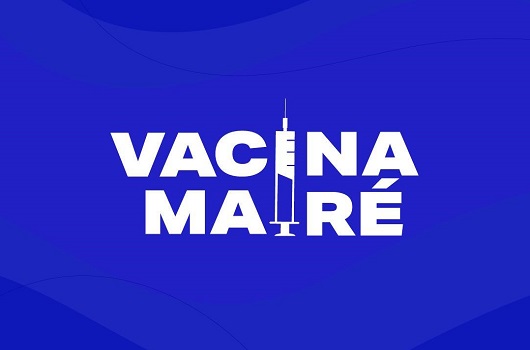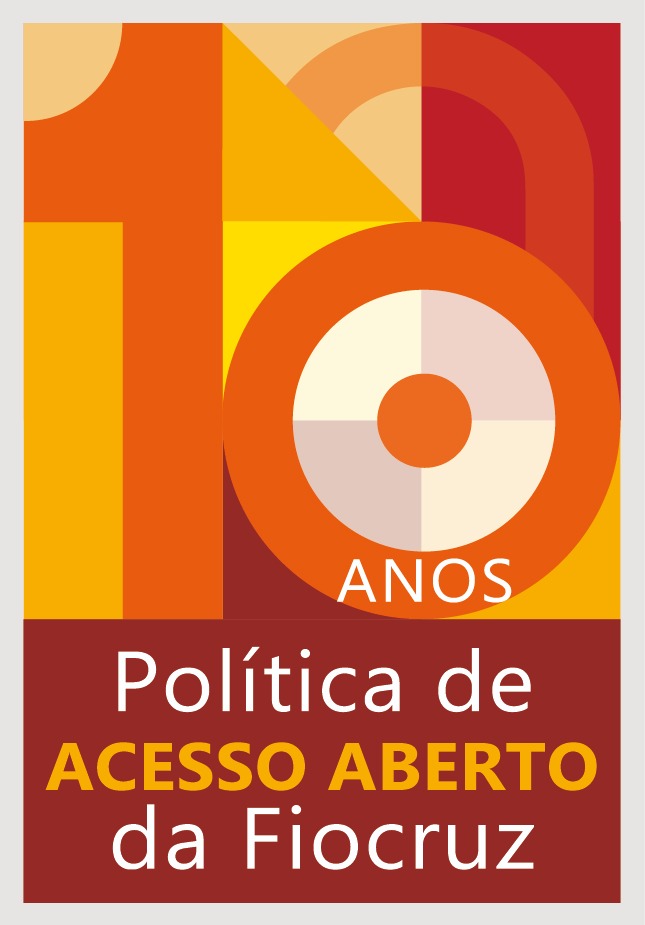Fiocruz will map the effectiveness of COVID-19 vaccination at Maré community
26/07/2021
Aline Câmera (Fiocruz News Agency)
The largest set of favelas in Rio de Janeiro, with about 140,000 inhabitants, Maré will be the home of a study led by Fiocruz on the impact of COVID-19 vaccination on its population. The initiative is a collaboration between the Networks of Maré, Rio de Janeiro’s City Hall by means of the Municipal Secretariat of Health, and Fiocruz. Taking into account the peculiarities in territories that include favelas and peripheral neighborhoods, the study proposes a view that goes beyond a survey on the direct effectiveness of the vaccine in terms of protection against the virus and its variants.
“Studying the impact of vaccination on a large community would be something new of its own. Now, thinking that this will be done at Maré, with a population density higher than 96% of the municipalities in the country, is something unique that will help us do some mapping with singular characteristics. Aspects of the disease itself, such as virus transmission dynamics in the territory, surveillance of its variants, and follow-up of possible side effects of vaccines will be other points addressed by the study, beyond vaccine effectiveness, which is the focal point”, explains Fiocruz researcher and study coordinator, Fernando Bozza.
Anchored on two central pillars, mass vaccination and large-scale testing, the study is an evolution of different social mobilization actions that have been implemented at Maré since July last year, with the Conexão Saúde - De Olho na Covid (Health Connection - An Eye Out for COVID) project. The project, currently a reference in the fight against the pandemic in favela territories, offers free testing, telemedicine services, and support to social isolation of people with COVID at home, and played a prominent role in the advancement of the research among Maré inhabitants.
Starting with this experience, which brings together Fiocruz, SAS Brasil, Redes da Maré, Dados do Bem, the Manguinhos Community Council, and União Rio, more than 27,000 diagnostic tests have been run (either serology or PCR), 10,500 telemedicine attendance have taken place, more than one thousand families with people who tested positive for COVID-19 have been followed and received support for at-home isolation, and countless actions of territory communication have taken place.
“Thanks to the mobilization of the different partners who have been involved since the beginning, it was possible to integrate primary healthcare in a systemic manner in the fight against the pandemic in the region, offering services such as the possibility of early diagnosis, clinical follow-up, molecular testing and contact tracing. The impact was felt in terms of pandemic control, with a reduction of 61% of mortality in the first ten months of the project. This legacy is now further improved as the entire population is to be vaccinated, followed for the measuring of its effectiveness in protecting inhabitants, and the possibility to intensify genomic surveillance in the territory”, highlights Fiocruz’s Inter-institutional Relations Director, Valcler Rangel.
In this manner, the starting point of the study will be the mass vaccination campaign promoted by the Municipal Secretariat of Health, starting with intense mobilization in the territory, between July 29th and August 1st. The goal is to vaccinate the entire young adult population of Maré (18 and up) during those four days, so that they are all given at least the first dose of the AstraZeneca vaccine, produced in Brazil by Fiocruz. The municipal government is also mobilizing the region’s district council, the Secretariat for Education, and the entire network of 45 schools of Maré, with the goal of ensuring the widest possible vaccine coverage.
The goal is to bring forward the vaccination of 31,000 people, who, together with other age groups that had already been included in the city’s vaccination schedule, will be monitored by research groups as well. The effectiveness of the vaccine will be evaluated taking the following criteria into account: age; gender; type of vaccine received; time of infection after vaccination; time until the second dose; occurrence of severe cases; and prevention of deaths.
Another significant subgroup of this population consists of children and teenagers, who, although not part of the target public of the vaccination campaign, are also part of the survey. “One of the goals of the study is to understand the dynamics of the transmission and the indirect protection this group may acquire once the family is immunized. We want to understand whether mass vaccination of the adult population inhibits virus circulation so as to protect children and teenagers as well”, explains Bozza.
Two-phase methodology
The study includes two lines of action that will be run simultaneously. The first consists of identifying symptomatic cases, which will be submitted to an RT-PCR test. Participants must immediately report to the center if they present defining symptoms of suspected COVID-19. In addition, in an active manner, the teams working in the study will also be following the activities of Basic Health Units to instruct people to carry out a molecular test within the window of seven days since the beginning of symptoms.
The result of the testing will be crossed with the monitoring of the vaccination situation and the outcome of the situation, including its final classification of severeness. In this manner, it will be possible to calculate the protection provided by the vaccine to the population. In addition, all positive results will be sent on for genetic sequencing, in order to identify possible variants of the virus and collaborate with genomic surveillance in the region.
The second line is characterized as a populational cohort consisting of two thousand families that reside in the Maré community, mobilizing approximately 8,000 people who will be followed for six months. This action will be evaluating seroprevalence, the ratio between vaccinated people and the occurrence of cases, with the goal of mapping virus transmission in family environments. The analysis will also include members who are not the target public of the vaccination campaign: “It is during this phase that we will be able to collect data to answer the question of whether vaccinating adults also protects children”, adds the study coordinator.
Territory mobilization as a differential
The mobilization of inhabitants to adhere to mass vaccination and to the study led by Fiocruz is being captained by Redes da Maré (Networks of Maré), an institution with more than 20 years of work in the territory. The organization has also been articulating with other actors, such as local associations, influencers, popular communicators, and community leaders, to inform and educate the population of Maré on the importance of these actions.
During the days of the vaccination campaign, more than 500 people, among field articulators and volunteers, will be involved in the logistic of mobilization and information of local dwellers. “This is an important moment, not only of acknowledgement of the power of the territory and of our work, but also of the establishing of rights, in a republican fashion, for favela dwellers. The partnership with institutions of different levels is a concrete way to revert the damages caused by the pandemic and to implement public policies that respond to the structural challenges we experience in the territory”, says Eliana Silva, director of Redes da Maré.
“The social mobilization behind this entire initiative is a central factor for the good results observed so far and will continue to be determining for the success of the vaccination campaign. Having the vaccine is important, but effective communication to successfully mobilize the community on the importance of taking the vaccine is crucial. This study brings a fundamental teaching on this aspect of mobilization in peripheral neighborhoods”, concludes Rangel.




